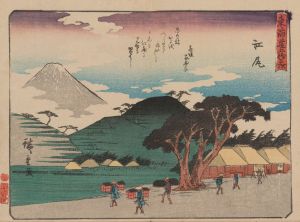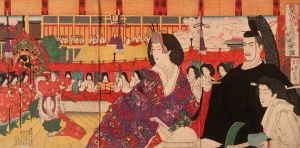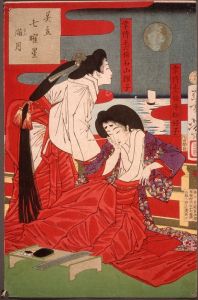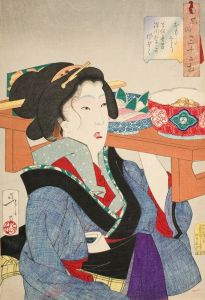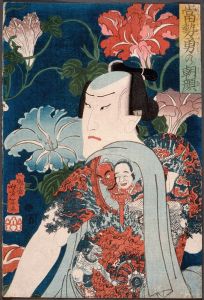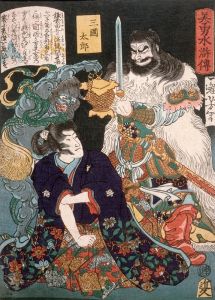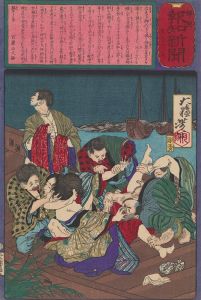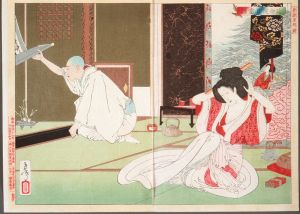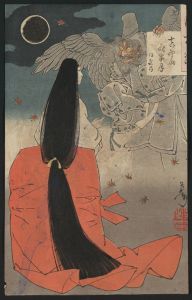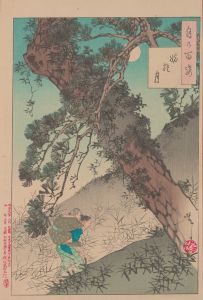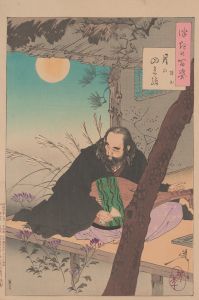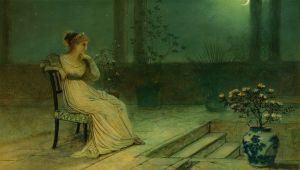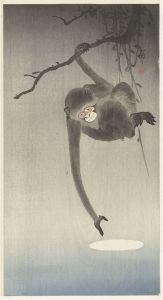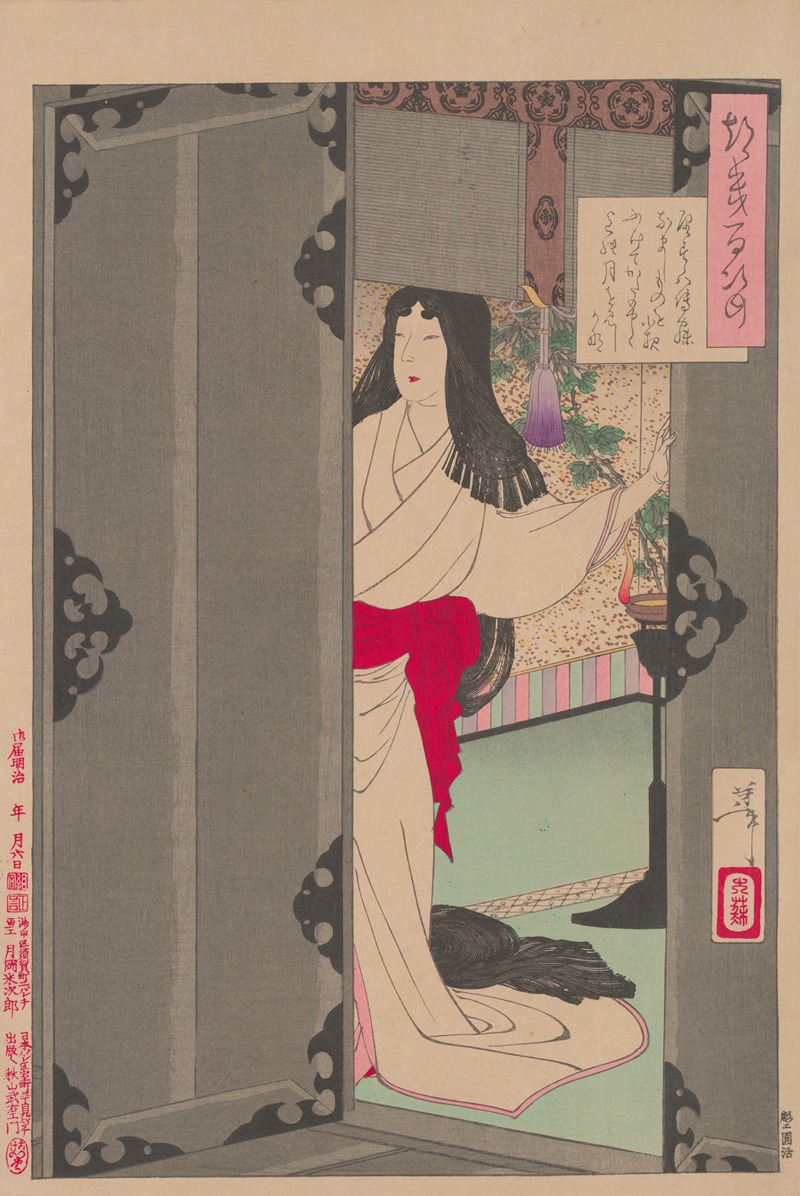
Akazome Emon viewing the Moon from her palace chambers
A hand-painted replica of Tsukioka Yoshitoshi’s masterpiece Akazome Emon viewing the Moon from her palace chambers, meticulously crafted by professional artists to capture the true essence of the original. Each piece is created with museum-quality canvas and rare mineral pigments, carefully painted by experienced artists with delicate brushstrokes and rich, layered colors to perfectly recreate the texture of the original artwork. Unlike machine-printed reproductions, this hand-painted version brings the painting to life, infused with the artist’s emotions and skill in every stroke. Whether for personal collection or home decoration, it instantly elevates the artistic atmosphere of any space.
"Akazome Emon viewing the Moon from her palace chambers" is a woodblock print by the renowned Japanese artist Tsukioka Yoshitoshi. This artwork is part of Yoshitoshi's celebrated series "One Hundred Aspects of the Moon" (Tsuki hyakushi), which was published between 1885 and 1892. The series is known for its exploration of various themes related to the moon, drawing inspiration from Japanese history, folklore, and literature.
Tsukioka Yoshitoshi (1839–1892) was a prominent figure in the ukiyo-e tradition, a genre of Japanese woodblock prints and paintings that flourished from the 17th through the 19th centuries. Yoshitoshi is often regarded as the last great master of this art form, and his works are noted for their dynamic composition, intricate detail, and emotional depth.
The subject of this particular print, Akazome Emon, was a historical figure from the Heian period (794–1185) in Japan. She was a well-known poet and lady-in-waiting at the imperial court. Akazome Emon's poetry was celebrated for its elegance and emotional resonance, and she was included in the "Hyakunin Isshu," a classical anthology of one hundred poems by one hundred poets.
In the print, Yoshitoshi depicts Akazome Emon gazing at the moon from her palace chambers, capturing a moment of serene contemplation. The composition reflects the Heian period's aesthetic values, emphasizing beauty, refinement, and a deep connection with nature. The moon, a recurring motif in Japanese art and literature, symbolizes various themes, including beauty, transience, and the passage of time.
Yoshitoshi's "One Hundred Aspects of the Moon" series is notable for its innovative use of color and line, as well as its ability to convey complex emotions and narratives within a single image. The series was produced during a time of significant social and political change in Japan, as the country transitioned from the Edo period to the Meiji era. This period saw the modernization and Westernization of Japan, and Yoshitoshi's work reflects both a reverence for traditional Japanese culture and an awareness of contemporary influences.
"Akazome Emon viewing the Moon from her palace chambers" exemplifies Yoshitoshi's mastery of the ukiyo-e technique and his ability to blend historical and literary themes with visual artistry. The print is a testament to Yoshitoshi's skill in capturing the essence of his subjects, as well as his deep appreciation for the cultural heritage of Japan.
Today, Yoshitoshi's works, including this print, are highly regarded by art historians and collectors. They are appreciated not only for their aesthetic qualities but also for their historical significance, offering insights into the cultural and artistic milieu of late 19th-century Japan. The "One Hundred Aspects of the Moon" series remains one of Yoshitoshi's most enduring legacies, celebrated for its beauty, creativity, and profound connection to Japanese tradition.





